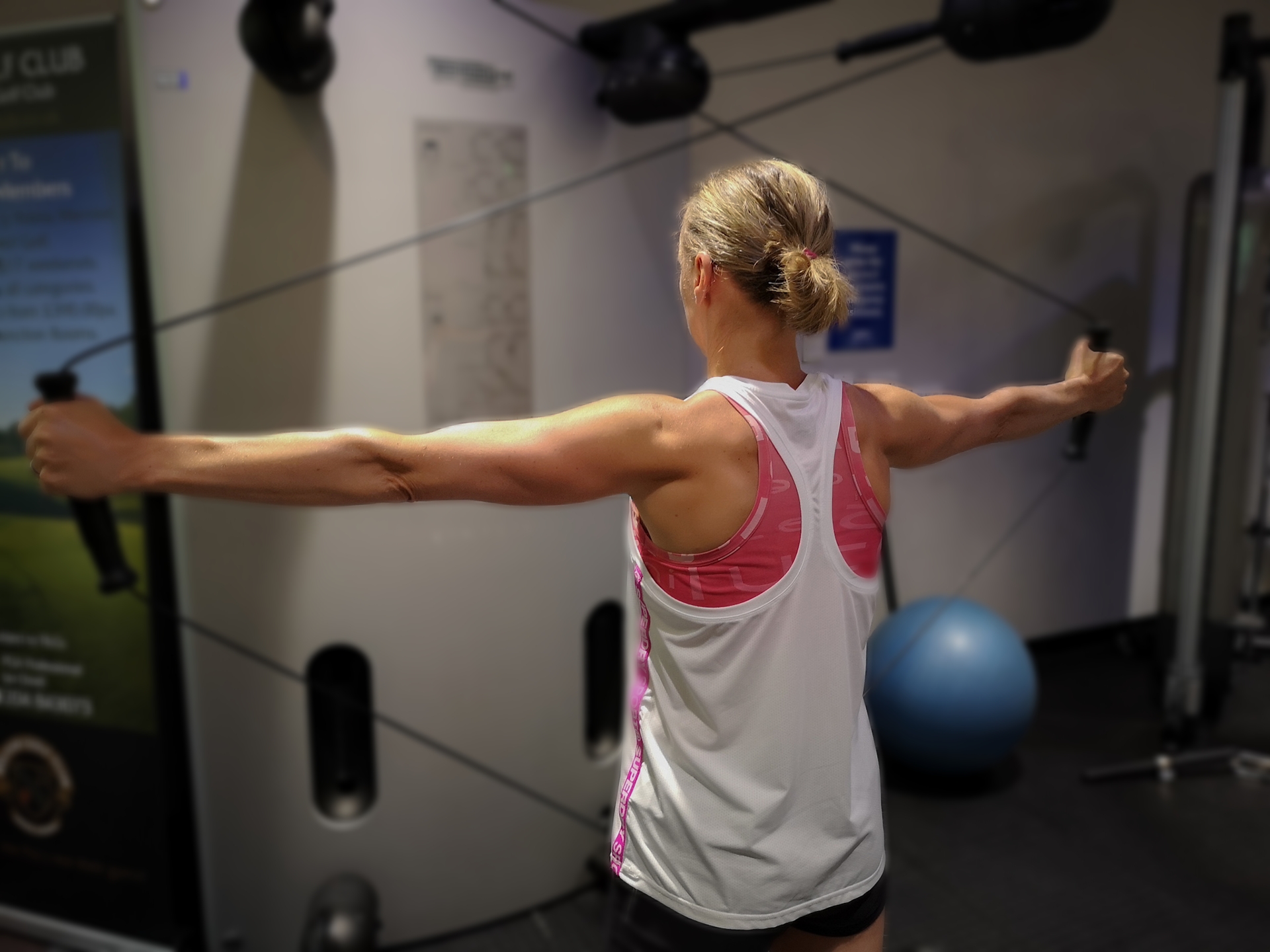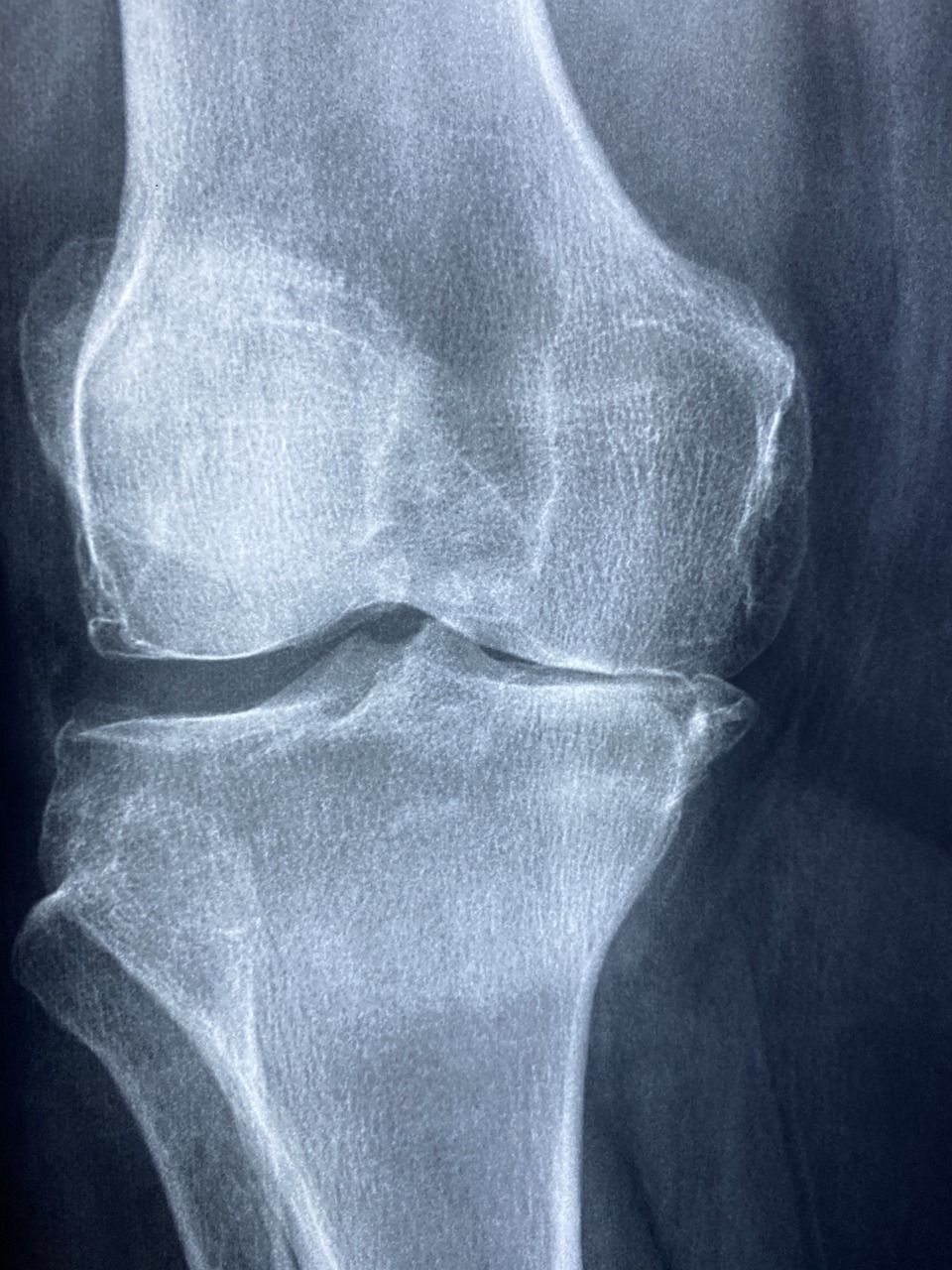Winter sports are a very popular hobby and holiday for many of us. Thousands of people head off on the piste to Europe, USA, and Canada to ski or snowboard in many different ways.
It is common knowledge that these sports can often lead to injury, sometimes serious injury, which can not only ruin your holiday, but can also have longer-term repercussions. Therefore, it is becoming more common for people to spend time working in the gym to get fitter and stronger before their holiday. Many gyms even run “Ski Fit” classes, with most promising “injury prevention” conditioning exercises. We get asked all the time what people should do to prepare for skiing and snowboarding trips.
This blog discusses the research on injury prevention in winter sports and looks at 4 recent journals that assess injuries in winter sports. Once we’ve analysed the reports, we can then attempt to give our conclusion on the best ways to prepare for the winter season.
The most common winter sports injuries?
The research all showed that knee injuries are the most common soft tissue injuries in both snowboarding and skiing. Interestingly, there is a lower injury rate compared to football, but the severity in winter sports is much higher. Knee problems were closely followed by shoulder, lower back/pelvis, lower leg/Achilles and head/face injuries. The ratios and statistics were closely related to each other in the elite, amateur and youth categories, showing that at all levels, there is a similar level of risk.
Other injuries discussed in the literature were fractures, sometimes accounting for over 17% of injuries, and concussions – 7 to 14% depending on the study.
Only one journal reviewed (Journal of Sports Medicine, 2013) discussed injury prevention. This paper was a review of all the other literature that is out there, and intriguingly the paper did not find any evidence to recommend gym or strength-based training as a method of injury prevention. It did show, however, that getting the correct and well-fitted equipment had been proven to prevent injuries. They found the top 3 injury prevention measures in this area were using correct bindings, wearing a helmet and wearing wrist guards. It also discussed the importance of education on the slopes and advised getting lessons for those new or infrequent skiers or boarders. For those more experienced winter sports enthusiasts, it’s still important that you understand the terrain and follow the rules of the region.
If you want to learn more about how to avoid winter sports injuries, or what equipment is best to avoid injury please don’t hesitate to get in touch.
Should we scrap the pre-holiday gym work?
Therefore, is there an argument for still doing that 6-8 weeks training before you go on your winter break? I believe the answer is still yes – for most of you! For those who visit the gym 3 to 4 times a week and describe themselves as moderately-highly active, there is probably no need to change anything, just make sure you hire or buy the correct equipment and always wear a helmet.
For those of you who spend more time at work or thinking about exercising regularly, rather than actually doing it, then it is important to consider improving your cardiovascular fitness, increasing your strength and doing some balance training. The main reason is that both skiing and snowboarding are highly physical activities. Therefore, if you are not fit enough, several issues could occur while you’re away, even if you have a high skill level and have good technique.
The main issue will be fatigue. If your body gets tired, this could lead to loss of technique that could result in trauma or crash. Furthermore, you may not be able to complete a full day of activity or not be able to participate every day, which can ruin your break.
In other research not related to skiing, we’ve seen that fatigue is generally a high risk factor for injuries, an example being football, where the literature shows that the majority of non-trauma injuries occur in the second half and more accurately after 70 minutes. As an average day on the slopes can last from 9am until 4pm, it is important that you are both cardiovascular and muscular fit enough.
In summary
For those of you who are highly active, make sure you invest in hiring or buying good equipment and, more importantly, getting it correctly checked so that it is set up perfectly for you. For those of you who are less active, you must also make sure you spend the time to improve your CV fitness, leg and core strength, as well as working on your balance.
You’ll have a far more enjoyable and productive trip as a result!
At Summit Physio, we work with a wide range of athletes, including winter sports stars.
References
Sports Med (2013).What are the Exercise-Based Injury Prevention Recommendations for Recreational Alpine Skiing and Snowboarding? A Systematic Review. Kim He ́bert-Losier • Hans-Christer Holmberg
Scand J Med Sci Sports (2010). Injuries among World Cup ski and snowboard athletes. T. W. Flørenes, L. Nordsletten, S. Heir, R. Bahr
Ruedl, G., Schobersberger, W., Pocecco, E., Blank, C., Engebretsen, L., Soligard, T. Burtscher, M. (2012). Sport injuries and illnesses during the first Winter Youth Olympic Games 2012 in Innsbruck, Austria. British Journal of Sports Medicine, 46, 1030-1037.
Steinar Sulheim,Ingar Holme, Andreas Rødven, Arne Ekeland, Roald Bah. (2011) Risk factors for injuries in alpine skiing, telemark skiing and snowboarding – case-control study. British Journal of Sports Medicine.



